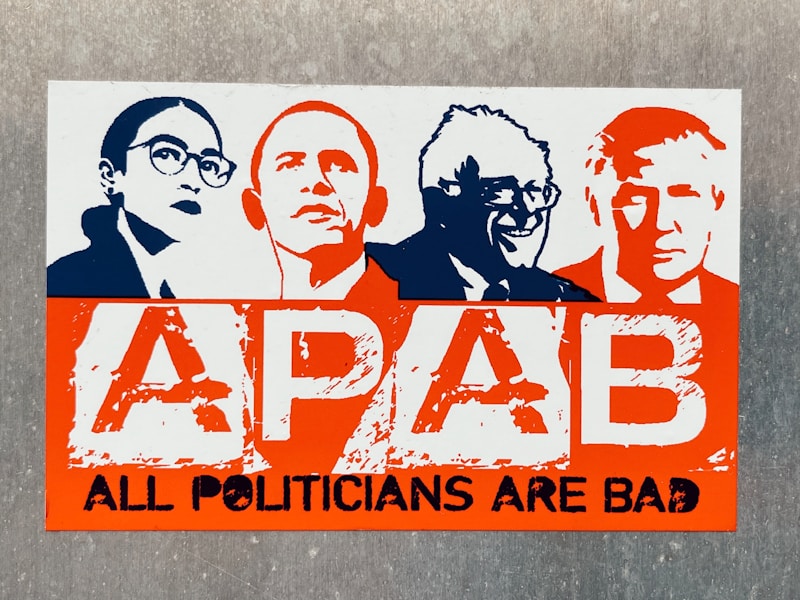Questions and Answers
What were the main causes that led Europe to the brink of World War I in July 1914?
Imperial competition, nationalism, militarism, and alliance systems
Who was assassinated in 1914, leading to the eruption of World War I?
Archduke Franz Ferdinand
What were some of the consequences of World War I in terms of loss of life and economic disruption?
Almost ten million soldiers perished, countless civilians lost their lives, and there was devastating economic disruption
How did World War I impact social issues such as gender roles, class divides, and political uprisings?
Signup and view all the answers
What were some of the lasting effects of World War I on empires and nations?
Signup and view all the answers
What were the unresolved problems following the Treaty of Versailles that contributed to the outbreak of World War II?
Signup and view all the answers
How did World War II differ from World War I in terms of geographical scope?
Signup and view all the answers
What were some of the new technologies introduced during World War II?
Signup and view all the answers
What were some of the international organizations that emerged as a result of World War II?
Signup and view all the answers
What were some of the enduring impacts of both World Wars on society and governments?
Signup and view all the answers
Study Notes
World Wars: A Century of Conflict and Change
Throughout human history, few events have shaped our modern society more profoundly than the two great conflicts known as the World Wars – World War I (WWI) and World War II (WWII). These monumental clashes transformed politics, economics, culture, and technology across nations around the globe. As we delve into these tumultuous chapters of history, let's explore their origins, consequences, and enduring impact.
World War I (1914–18): Causeway to Conflict
A series of events triggered by imperial competition, nationalism, militarism, and alliance systems led Europe to the brink of war in July 1914. WWI erupted after Archduke Franz Ferdinand was assassinated by Serbian nationalist Gavrilo Princip. This killed off any remaining hope of peace between Austria-Hungary and the Balkan states, plunging Europe into four years of brutal trench warfare, massive loss of life, and devastating economic disruption.
By its conclusion, almost ten million soldiers had perished, countless civilians lost their lives, and empires collapsed under the weight of unimaginable carnage. In addition to these tragic losses, WWI laid bare many social issues such as gender roles during wartime, class divides, and political uprisings within countries like Russia.
World War II (1939–45): Total Global Conflict
The Second World War originated from unresolved problems following the Treaty of Versailles, which ended WWI, combined with the rise of fascism and nationalism. It began with Germany invading Poland in September 1939, and it soon engulfed most of the world in a titanic struggle.
Unlike WWI, where the main fighting took place on European frontlines, WWII expanded beyond Europe to North Africa, Asia, and the Pacific Theatre due to U.S., Soviet, British, French, Canadian, Australian, Indian, and Chinese involvement. This second global conflict brought new technologies such as radar, jet aircraft, nuclear weapons, and advanced communication networks. Moreover, ideological rivalry between democratic Western forces, totalitarian Eastern powers, and emerging non-aligned blocs formed the backdrop against which Cold War tensions would unfold postwar.
Consequences and Enduring Impact
Both world wars presented humanity with immense hardship yet also served as catalysts for change and progress. WWI introduced universal suffrage throughout much of Europe, paving the way toward women’s liberation and improved labor conditions for men. Similarly, WWII saw the birth of the United Nations, NATO, and other international organizations designed to prevent future conflicts. Additionally, both conflicts spawned innovative changes to transportation, communications, and manufacturing industries.
However, despite this transformation, scars left behind by the wars remained painfully visible. Millions became refugees, displaced persons, orphans, widows, and veterans coping with permanent physical injury or psychological trauma. Moreover, the cost of military armaments and reconstruction efforts bankrupted several governments, leading financial institutions like the International Monetary Fund into existence.
As historians continue to analyze the past, lessons learned from the World Wars remain essential in understanding contemporary challenges, fostering peace, and promoting cooperation among diverse peoples in pursuit of a better tomorrow.
Studying That Suits You
Use AI to generate personalized quizzes and flashcards to suit your learning preferences.
Description
Test your knowledge on the causes, events, and impacts of World War I and World War II with this quiz. Explore how these conflicts shaped the modern world through imperial competition, nationalism, technology advancements, and socio-political transformations.



